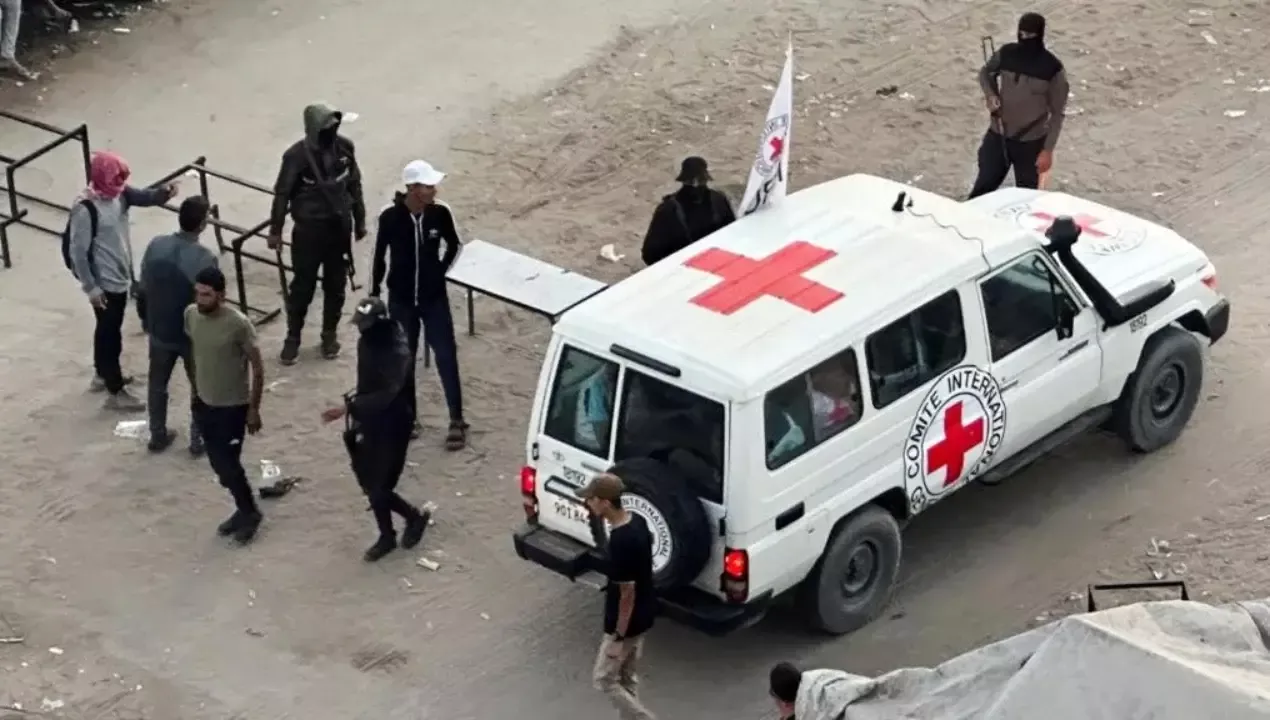
On Monday morning, October 13, the Hamas movement released seven Israelis from captivity and handed them over to the International Committee of the Red Cross. This was reported by Zamin.uz.
According to local sources, these individuals had been held captive for 737 days. The release process began at the Netsarim corridor in the northern Gaza Strip.
A few hours later, the next phase of releasing hostages held in the southern city of Khan Yunis was planned to take place. According to reports, the released Israelis will be handed over to the Israeli defense forces.
According to the ceasefire agreement, the bodies of those who died in captivity must be returned within 72 hours after the release of the living hostages. The families of the hostages had earlier arrived at the Reim military airbase in southern Israel.
The released individuals will undergo medical examinations and are expected to meet with their relatives afterward. Representatives of the International Committee of the Red Cross met with the captives a few hours before their release and reported that some of them were in serious condition.
This was reported by Israel's "Yediot Ahronot" newspaper. At the same time, it became known that U.S. President Donald Trump attended the ceremony for the release of the hostages.
According to Trump, he plans to later travel to Egypt to participate in signing a peace agreement. According to the Associated Press agency, the ceasefire and the release of hostages are considered the first step of the proposed peace plan.
However, some disputes and disagreements regarding the next stages still remain. This situation increases uncertainty about whether the conflict has truly ended or not.
Thus, after nearly two years of captivity, the release of seven Israelis may open new opportunities for the long-standing conflict in the Gaza region. However, the effectiveness of these efforts toward peace will be determined by time.







